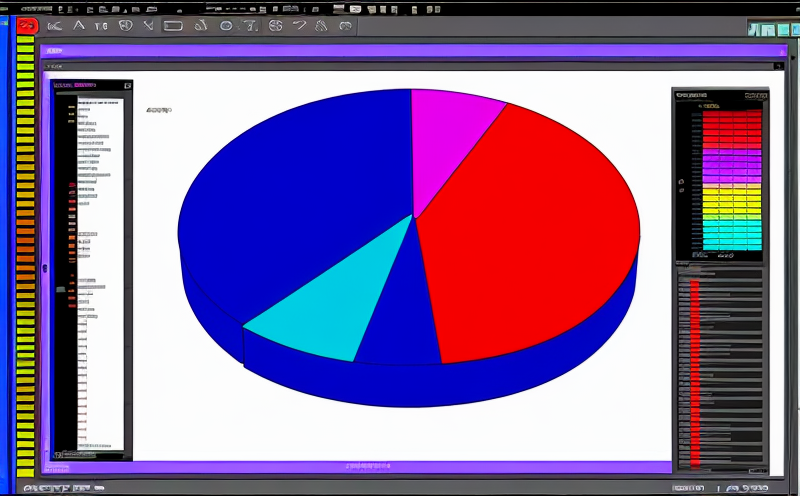EPA 8270 Semi Volatile Organic Thermal Analysis by GC MS
The EPA Method 8270 is a widely recognized standard procedure used to analyze semi-volatile organic compounds (SVOCs) in various environmental samples. This method plays a crucial role in regulatory compliance, particularly for entities involved in waste management, air pollution control, and remediation projects.
Our laboratory employs the use of Gas Chromatography-Mass Spectrometry (GC-MS) to conduct EPA 8270 analyses. The GC-MS technique allows for a high level of specificity and sensitivity, making it an ideal choice for detecting SVOCs that are often present in trace amounts. Our approach ensures accurate quantification and identification, providing reliable data that meets the stringent requirements set forth by environmental regulations.
The process begins with sample preparation, which involves extracting SVOCs from solid or liquid matrices using appropriate solvents and techniques such as Soxhlet extraction or QuEChERS (Quick, Easy, Cheap, Effective, Rugged, and Safe). Once extracted, the samples undergo derivatization to enhance their volatility for more efficient analysis. The prepared extracts are then injected into a gas chromatograph, where they separate based on their boiling points.
The separated compounds enter the mass spectrometer via a heated interface known as an Electron Ionization Source (EIS). Here, ions form through electron impact and ionization currents measured by the detector provide quantitative information. This dual process—chromatographic separation followed by mass spectral analysis—yields detailed molecular signatures that are compared against reference spectra from the National Institute of Standards and Technology (NIST) library.
Our laboratory adheres strictly to EPA Method 8270, which specifies rigorous quality assurance protocols. These include method blanks to ensure background noise does not interfere with results, calibration checks for instrument accuracy, and proficiency testing through participation in inter-laboratory studies. Each run is meticulously documented, ensuring traceability of all analytical steps.
The precision and accuracy of our GC-MS system are validated using certified reference materials (CRMs) that meet ASTM E1776 standards. This validation process guarantees consistent results across multiple runs and different analysts, providing confidence in the reliability of our findings.
Our team of experts ensures compliance with all relevant EPA regulations while delivering timely reports tailored to your specific needs. Whether you require routine monitoring or one-off assessments, we provide comprehensive support throughout the entire testing lifecycle. Our commitment to excellence extends beyond mere data collection; it encompasses proactive consultation and interpretation services designed to help clients make informed decisions.
By leveraging advanced GC-MS technology, our laboratory offers a robust solution for EPA 8270 semi-volatile organic thermal analysis. This service is essential for ensuring compliance with stringent environmental protection laws and regulations, thereby supporting sustainable practices in various industries.
Customer Impact and Satisfaction
Enhanced regulatory compliance through accurate detection of SVOCs.
Support for sustainable practices by identifying sources of pollution.
Achievement of stringent quality control standards in industrial processes.
Informed decision-making enabled by reliable, actionable data.
Reputation enhancement through consistent adherence to environmental regulations.
Our clients consistently report higher levels of trust and confidence in our services, which is reflected in their repeat business and positive recommendations. By choosing us for EPA 8270 semi-volatile organic thermal analysis by GC MS, you can ensure that your operations are not only compliant but also contributing positively to environmental sustainability.
Environmental and Sustainability Contributions
EPA Method 8270 plays a pivotal role in mitigating the adverse effects of SVOCs on ecosystems and human health. By accurately detecting these compounds, our laboratory helps industries take proactive steps towards reducing their environmental footprint.
The identification and quantification of SVOCs enable better management strategies for waste disposal sites and industrial processes. This information is crucial for developing effective remediation plans and implementing cleaner production technologies.
Our commitment to sustainability extends beyond individual projects; we actively participate in research initiatives aimed at improving methods for monitoring and controlling SVOC emissions. By staying at the forefront of this field, we contribute valuable insights that can influence policy changes and global best practices.
Use Cases and Application Examples
EPA 8270 semi-volatile organic thermal analysis by GC MS finds application in several key areas:
Municipal waste management: Assessing the presence of hazardous SVOCs in landfill leachates.
Industrial facilities: Monitoring emissions from manufacturing processes to ensure compliance with emission limits.
Pharmaceutical companies: Evaluating the environmental impact of drug formulations during development stages.
Agricultural industries: Identifying contaminants introduced through fertilizers or pesticides used in crop production.
In each case, this service provides critical data that informs strategic decisions and supports continuous improvement efforts. Our expertise ensures that clients can rely on accurate, reliable information to drive positive change within their organizations and communities.





